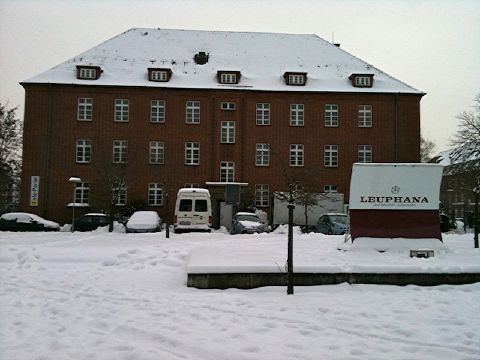Finally! My submission to cultural geographies has passed all reviews and is available “OnlineFirst”. The article is the opener for a special issue with the title Absence. Embodiment, materiality, resistance which is edited by Lars Meier, Erika Sigvardsdotter, and me. It seems as though we’ll have to wait until at least the end of 2013 for the special issue to appear in actual print, since there are a few other issues already in the pipeline before ours.
In any case, the production of this article has both been more rewarding and more challinging than many others. The first draft did not really go into much depth regarding the critiques of phenomenology that are being challenged in this article. I opted instead for a more “hermeneutic” constructions, where a problem is posited, developed in conjunction with a few descriptive episodes and then discussed in detail in the main part of the article. But the world of English-style publishing convention has of course caught up with me (again), and necessitated major changes. I was urged to begin with the deconstructivist critique of phenomenology as being obsessed with presence and oblivious of absence, since this is the basis for John Wylie’s widely cited critique of phenomenology in the name of absence. So I had to delve into the depths of Derrida’s critique of Husserl, necessitating more Husserl reading in turn and some venturing into Lévinas. This took a lot of time and even more effort and changed the tone of the article into a much more theoretical piece, but so be it.
The good thing is that I now feel quite confident about the epistemological basis of phenomenology and its perception in other schools of thinking, granting me a much better foothold than before. This also taught me – once again, actually – that a very clear introduction, which completely focuses on placing your research in relation to other publications (in the same channel), is of crucial importance in the english-writing world of academic publishing. No amount of problem-centric argumentation will help around this. I can understand where this comes from and also see the benefits of this procedure, but it doesn’t really fit my style of thinking, as I do not like to start an argument by telling people who is think was right and who was wrong and how my argument will be better than theirs. I much prefer to home in on a problem and then present arguments considering this issue.
In any case, what was nice indeed was to see how helpful journal editors can be in communicating the often conflicting feedback given in peer review. This is a very difficult job that calls for a difficult combination of sensitivity and clear judgement at the same time. Not easy to achieve.
Here is the link to the article: http://cgj.sagepub.com/content/early/2013/02/14/1474474013477775.abstract
As usual for publications managed by Sage, the article will be available exclusively through their site for one year, after which I am allowed to host the last manuscript form on my own website. (Until then: send me an e-mail if you don’t have access and would like to take a look at the article.)
 Vorgestern hatte ich mein erstes offizielles
Vorgestern hatte ich mein erstes offizielles